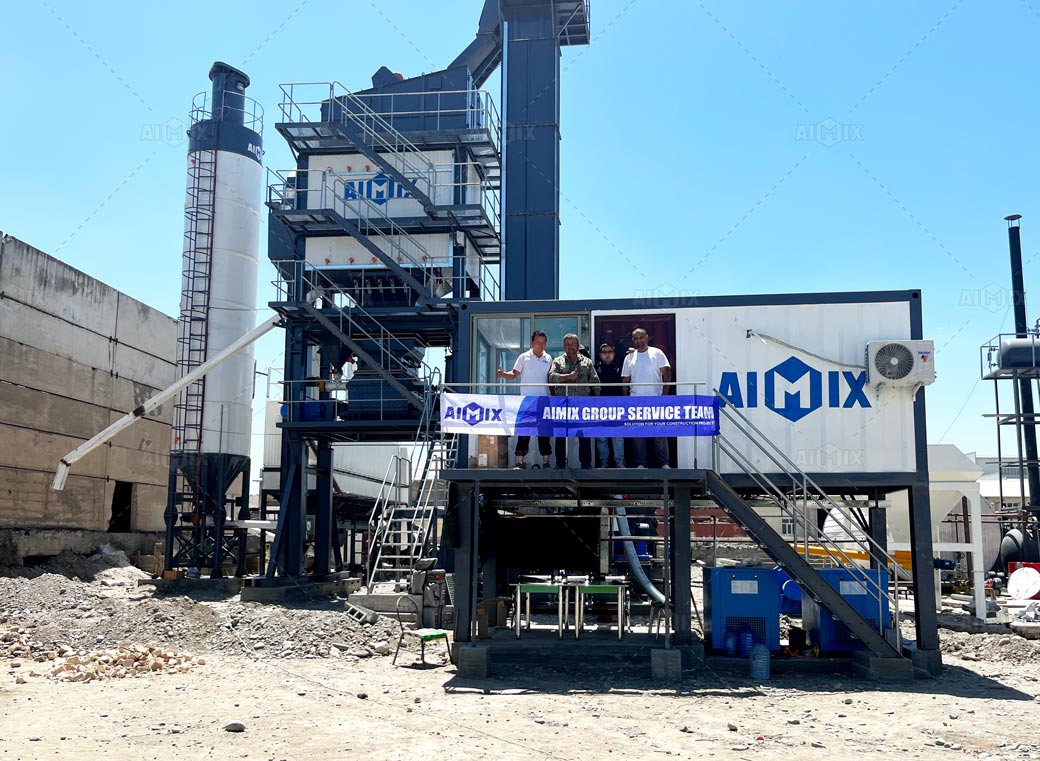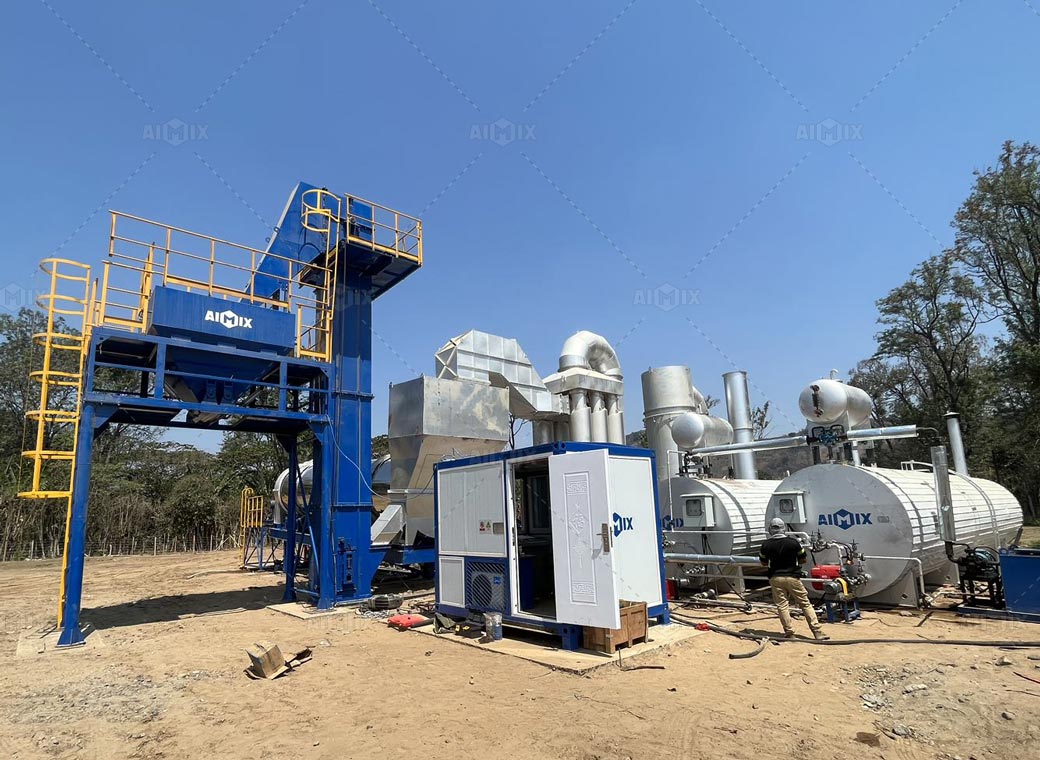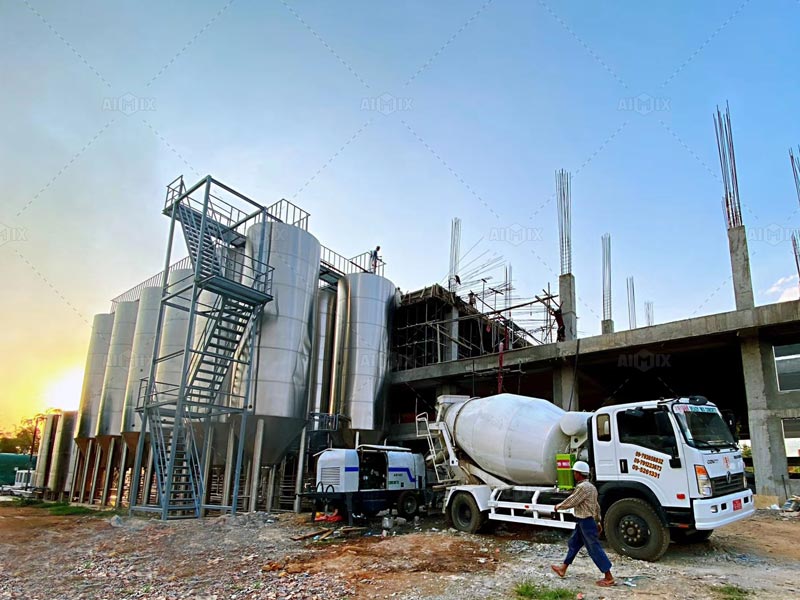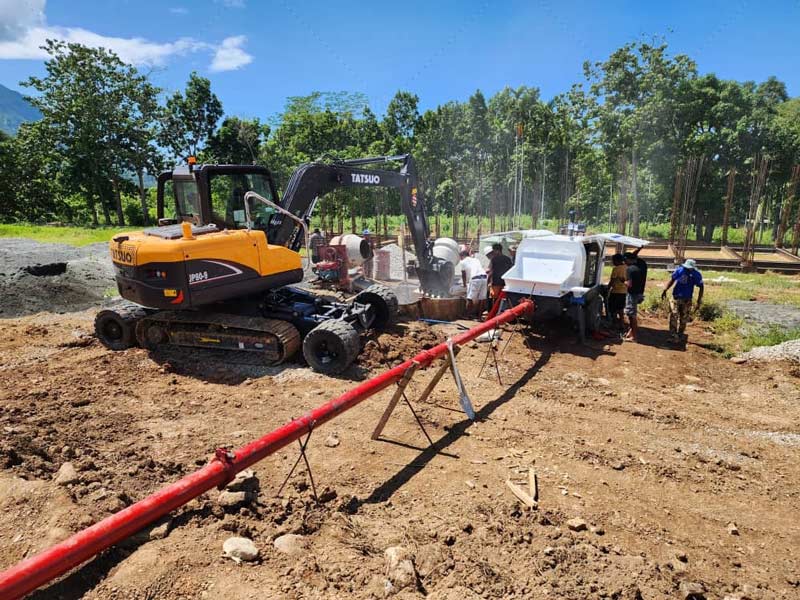Asphalt Plant Life Cycle Cost Model: In-Depth Comparison of Purchase Price and Use Cost
The construction of roads and bridges is a significant undertaking that requires careful planning and investment. One of the key pieces of equipment in road and bridge construction is the asphalt plant. Asphalt plants are used to produce high-quality asphalt for paving, and the decision to purchase or lease an asphalt mixing plant is influenced by several factors. One of the most important considerations is the total life cycle cost (LCC) of the plant, which includes both the initial purchase price and the ongoing operational costs.
In this article, we will explore the life cycle cost model for asphalt plants, comparing the purchase price with the use cost, and highlighting the factors that influence the total cost of ownership. Understanding these costs is essential for making an informed decision about which type of asphalt plant is best suited for your project needs.
What Is Life Cycle Cost and Why Is It Important?
Life cycle cost (LCC) refers to the total cost of owning and operating an asphalt plant over its entire lifespan, including the initial purchase price, operating costs, maintenance, and eventual disposal costs. LCC is a crucial metric for contractors and project managers because it allows them to estimate the long-term financial impact of purchasing an asphalt mixing plant(precio de planta de asfalto).
By analyzing the LCC, contractors can better assess the cost-effectiveness of different types of asphalt plants, such as drum mix asphalt plants, and make more informed purchasing decisions. It is essential to consider not only the upfront cost of purchasing the equipment but also the ongoing costs related to fuel consumption, maintenance, labor, and repairs.

Key Components of Asphalt Plant Life Cycle Costs
When evaluating the life cycle costs of asphalt plants, there are several key components to consider. These components include the initial purchase price, fuel and energy consumption, maintenance costs, labor costs, and the cost of repairs and parts replacement.
1. Purchase Price of Asphalt Plant
The purchase price of an asphalt plant can vary significantly based on factors such as the plant's capacity, features, and the type of plant. For instance, the price of a drum mix asphalt plant may differ from that of a batch mixing plant. It is essential to carefully consider the plant's features and specifications to ensure that it aligns with your project's needs and budget.
2. Fuel and Energy Consumption
Fuel consumption is one of the largest ongoing costs associated with asphalt plants(planta mezcladora de asfalto). The type of plant and its efficiency in terms of fuel use can significantly impact the overall operating costs. Drum mix asphalt plants, for example, are generally more fuel-efficient than batch plants, which may result in lower operational costs over time.
Energy consumption is also a critical factor in the overall cost. Efficient plants with modern technology can reduce energy consumption, which helps to lower operational expenses and reduce the plant’s environmental footprint.
3. Maintenance and Repair Costs
Asphalt plants require regular maintenance to ensure optimal performance and extend their lifespan. Maintenance costs can vary depending on the plant’s age, condition, and how well it is operated. Regular servicing is essential to prevent breakdowns and ensure the plant operates at peak efficiency.
Additionally, as the plant ages, repair costs may increase due to wear and tear on parts such as mixers, conveyors, and burners. It is important to factor in these costs when considering the life cycle of the plant, as they can have a significant impact on the total cost of ownership.
4. Labor and Operational Costs
Labor costs are another essential component of asphalt plant life cycle costs. The number of operators and technicians required to run the plant, along with their wages and training costs, should be considered in the total cost calculation. Automation and technology can reduce the need for manual labor, which can result in cost savings.
Operational costs, such as raw material handling, transportation, and environmental compliance, must also be factored into the overall cost model. Proper training and the efficient operation of the plant can help minimize these expenses.

Comparing the Total Life Cycle Cost of Different Asphalt Plants
When evaluating different types of asphalt plants, it's important to compare their total life cycle costs rather than just focusing on the purchase price. This comparison allows you to determine which plant provides the best value over its lifespan.
For example, while a batch mixing plant may have a lower purchase price, its higher fuel consumption and maintenance costs could make it more expensive in the long run. On the other hand, a drum mix asphalt plant(planta de asfalto continua) may have a higher initial cost but offer lower operational and maintenance costs, making it more cost-effective over time.
Additionally, the type of asphalt plant you choose should align with your specific project needs. For large-scale projects, a plant with higher production capacity and advanced technology may be the best option, even if it comes with a higher purchase price. However, for smaller projects or temporary setups, a more affordable plant with lower operational costs may be a better choice.
Conclusion
The life cycle cost model for asphalt plants is a valuable tool for contractors and project managers in the road and bridge construction industry. By considering both the purchase price and the use cost, contractors can make more informed decisions about which asphalt mixing plant is best suited for their project.
When comparing different types of plants, such as drum mix asphalt plants and batch mixing plants, it is essential to consider all the costs involved, including fuel consumption, maintenance, labor, and repairs. A comprehensive evaluation of these costs will ensure that the plant chosen provides the best value for the project over its entire lifespan.
Subscribe to unlock premium content
Sed at tellus, pharetra lacus, aenean risus non nisl ultricies commodo diam aliquet arcu enim eu leo porttitor habitasse adipiscing porttitor varius ultricies facilisis viverra lacus neque.



